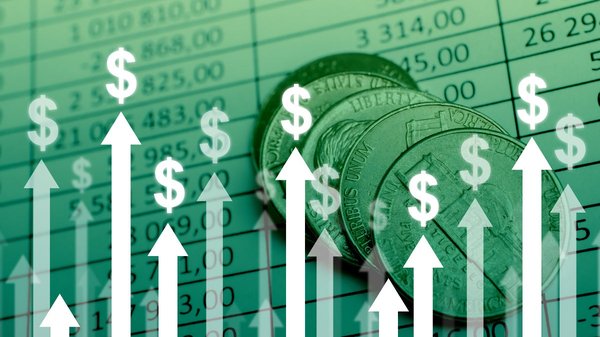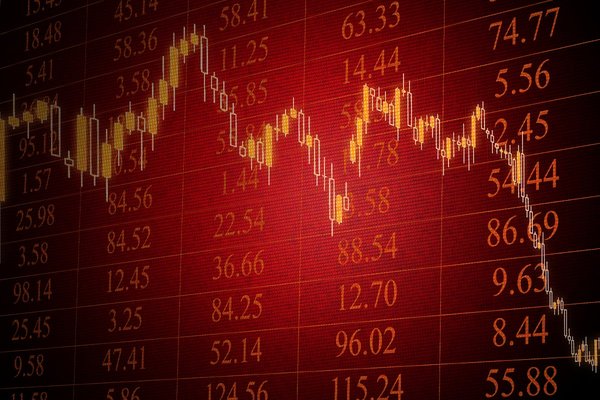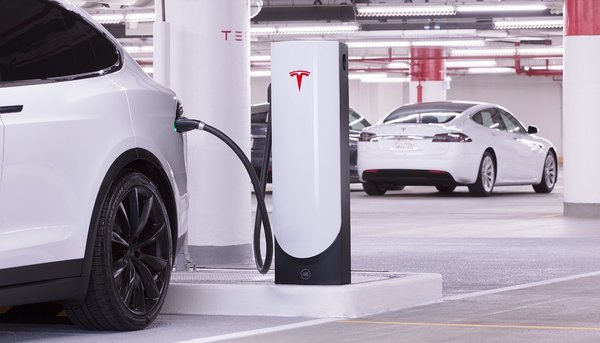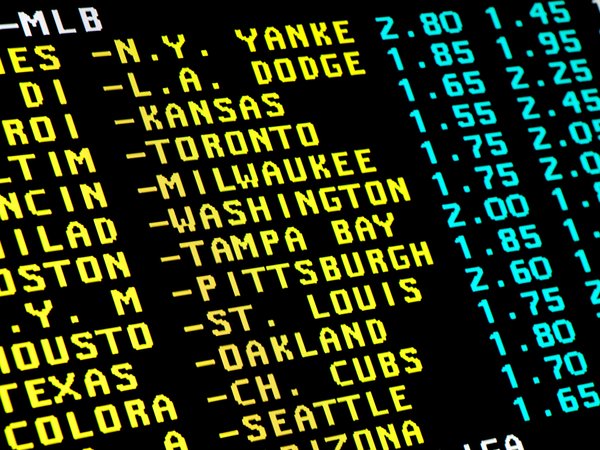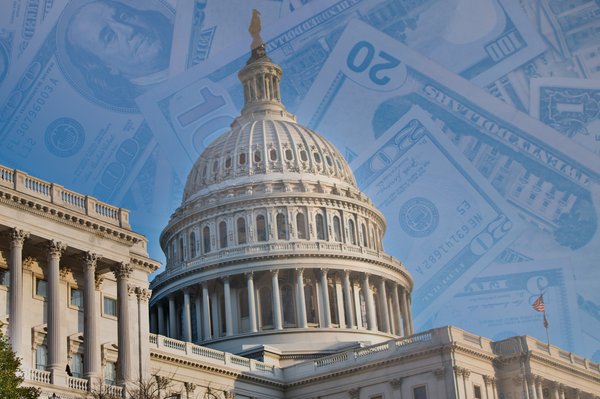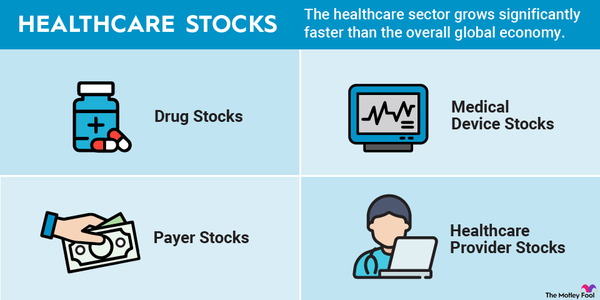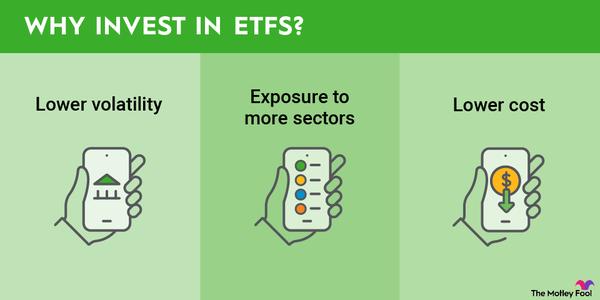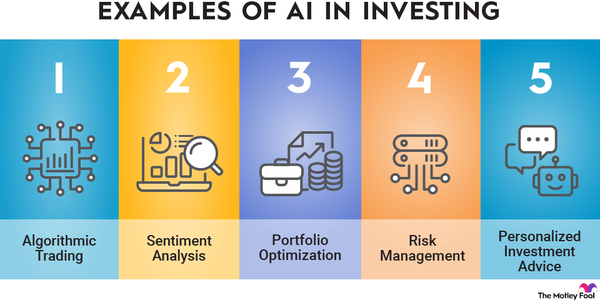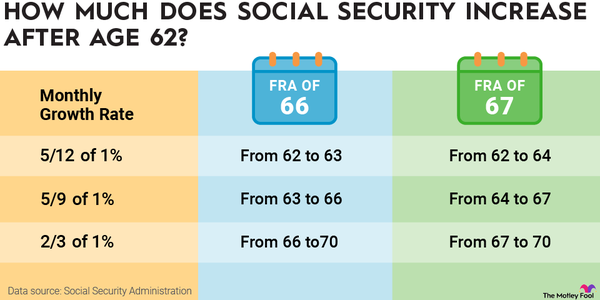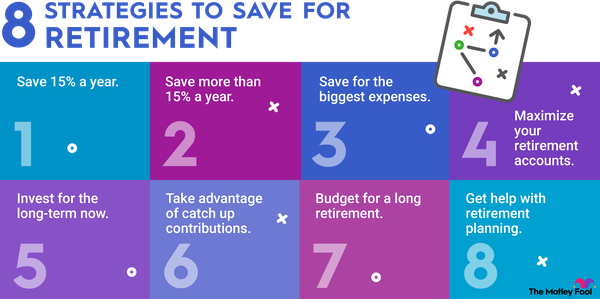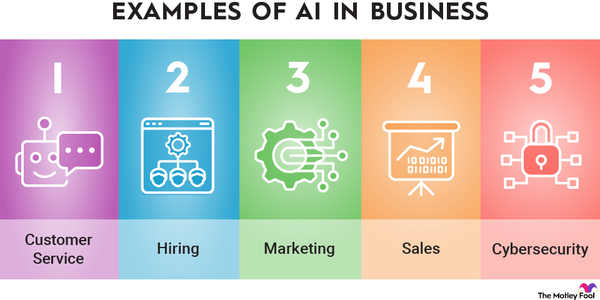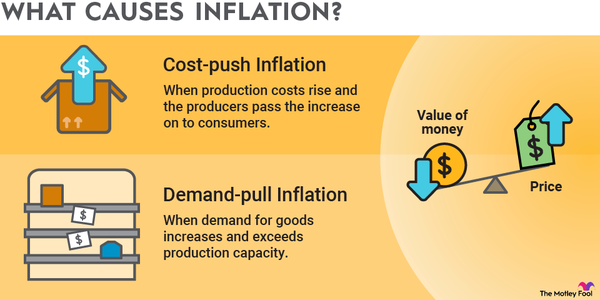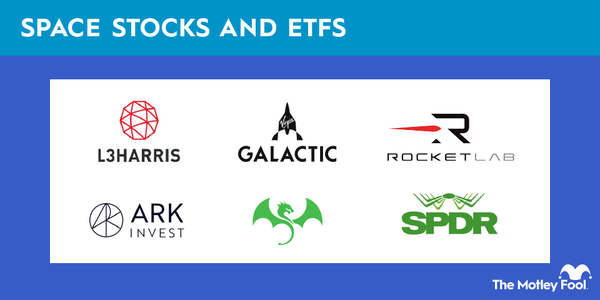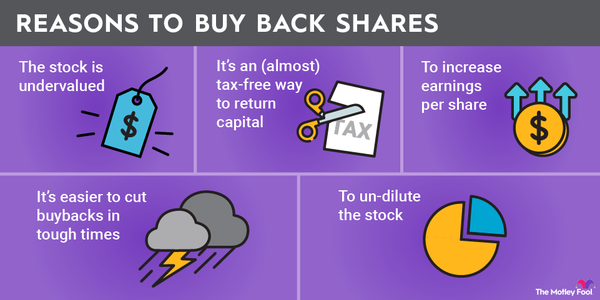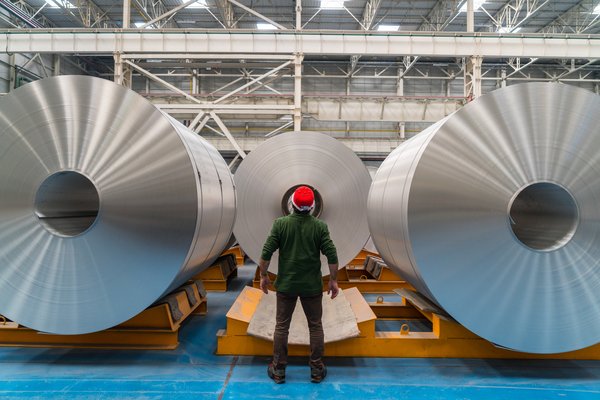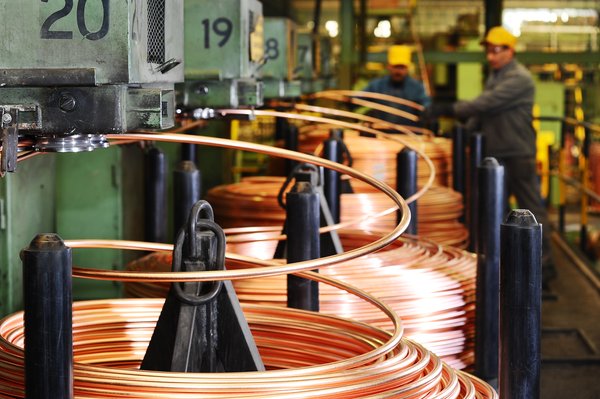The "Magnificent Seven" are a group of seven of the largest and most influential technology-focused companies. This group includes:
| Name and ticker | Current price | Market cap | Sector | Industry |
|---|---|---|---|---|
| Apple (NASDAQ:AAPL) | $194.42 | $2.9 trillion | Information Technology | Technology Hardware, Storage and Peripherals |
| Amazon (NASDAQ:AMZN) | $174.96 | $1.9 trillion | Consumer Discretionary | Internet and Direct Marketing Retail |
| Alphabet (NASDAQ:GOOG) | $155.63 | $1.9 trillion | Communication Services | Interactive Media and Services |
| Meta Platforms (NASDAQ:META) | $503.04 | $1.3 trillion | Communication Services | Interactive Media and Services |
| Microsoft (NASDAQ:MSFT) | $371.56 | $2.8 trillion | Information Technology | Software |
| Nvidia (NASDAQ:NVDA) | $104.31 | $2.5 trillion | Information Technology | Semiconductors and Semiconductor Equipment |
| Tesla (NASDAQ:TSLA) | $241.26 | $777 billion | Consumer Discretionary | Automobiles |
All of these companies have grown rapidly over the last decade, and six currently have a market cap of more than $1 trillion. As they've grown, their combined value has made up a larger -- and some would say concerning -- portion of the S&P 500.
Read on for a detailed look at the Magnificent Seven stocks as a percentage of the S&P 500, their returns over the years, and what their success means for investors.
The Mag Seven's share of the S&P500
How much of the S&P 500 do the Magnificent Seven account for?
The Magnificent Seven account for 32.0% of the S&P 500 as of March 2025. That's about 2 and a half times as much as in 2015, when they made up 12.3% of the S&P 500.
| Year | Magnificent 7 Combined Market Cap | S&P 500 Market Cap | Magnificent 7 Percentage |
|---|---|---|---|
| 2015 | $2,209,120,000,000 | $17,900,000,000,000 | 12.3% |
| 2016 | $2,403,940,000,000 | $19,270,000,000,000 | 12.5% |
| 2017 | $3,493,720,000,000 | $22,820,000,000,000 | 15.3% |
| 2018 | $3,497,240,000,000 | $21,030,000,000,000 | 16.6% |
| 2019 | $5,133,650,000,000 | $26,760,000,000,000 | 19.2% |
| 2020 | $8,509,910,000,000 | $31,660,000,000,000 | 26.9% |
| 2021 | $11,786,220,000,000 | $40,360,000,000,000 | 29.2% |
| 2022 | $6,923,970,000,000 | $32,130,000,000,000 | 21.5% |
| 2023 | $12,045,530,000,000 | $40,040,000,000,000 | 30.1% |
| 2024 | $17,621,000,000,000 | $49,810,000,000,000 | 35.4% |
| 2025 YTD (3/20/25) | $15,289,740,000,000 | $47,761,000,000,000 | 32.0% |
The S&P 500 performed very well from the end of 2015 through 2024, with an overall return of 178.3%. However, it doesn't come close to the Magnificent Seven, which have a staggering 697.6% combined return over that same time span.
From 2015 through 2024, the Magnificent Seven soundly outperformed the S&P 500, delivering higher returns in 8 out of 9 years. The biggest difference was in 2020, when the Magnificent Seven had an annual return more than 3 times higher than the S&P 500 (65.8% to 18.3%). The only year in which the S&P 500 performed better was 2022, when it lost 20.4% and the Magnificent Seven lost 41.3%.
The S&P 500 has also weathered recent stock market volatility better than the Magnificent Seven. Comparing their year-to-date (YTD) performance, the S&P 500 is down 4.1% as of March 20, while the Magnificent Seven are down 13.2%.
It's largely been a bull market over the last decade, which could help explain why this group of growth stocks has been so successful. They generally aren't as resilient during times of economic uncertainty, as evidenced by their larger losses during down periods.
| Year | Apple Percentage | Amazon Percentage | Alphabet Percentage | Meta Percentage | Microsoft Percentage | Nvidia Percentage | Tesla Percentage |
|---|---|---|---|---|---|---|---|
| 2015 | 26.4% | 14.4% | 23.6% | 13.4% | 19.9% | 0.8% | 1.4% |
| 2016 | 25.3% | 14.8% | 22.1% | 13.8% | 20.1% | 2.4% | 1.4% |
| 2017 | 24.6% | 16.1% | 20.8% | 14.7% | 18.9% | 3.4% | 1.5% |
| 2018 | 21.3% | 21.1% | 20.6% | 10.7% | 22.3% | 2.3% | 1.6% |
| 2019 | 25.1% | 17.9% | 17.9% | 11.4% | 23.4% | 2.8% | 1.5% |
| 2020 | 26.2% | 19.2% | 13.9% | 9.1% | 19.7% | 3.8% | 8.0% |
| 2021 | 24.6% | 14.4% | 16.3% | 7.8% | 21.4% | 6.2% | 9.3% |
| 2022 | 29.9% | 12.4% | 16.6% | 4.6% | 25.8% | 5.2% | 5.6% |
| 2023 | 24.9% | 13.0% | 14.6% | 7.6% | 23.2% | 10.2% | 6.6% |
| 2024 | 21.4% | 13.2% | 13.2% | 8.4% | 17.8% | 18.7% | 7.4% |
| 2025 YTD (3/20/25) | 21.0% | 13.5% | 13.1% | 9.7% | 18.8% | 18.9% | 5.0% |
Each company's contribution to the Magnificent Seven has changed since 2015, with some growing more significantly than others.
- Nvidia has been the top performer after adding more than $3.2 trillion to its market cap from the end of 2015 through 2024. It went from being the smallest contributor to the Magnificent Seven, at just 0.8% of the combined value, to the second largest at 18.7%.
- Alphabet, the holding company that owns Google, has been the worst performer, going from being the second-largest contributor (23.6% of the combined value) to the fifth (13.1%). Being the worst performer in this group is all relative -- Alphabet has nearly quadrupled its market cap and outperformed the S&P 500. This just illustrates how impressive the other companies have been.
- Apple is still the leader of the pack. Microsoft and Amazon also maintained their positions.
- Meta and Tesla have each dropped by one position in the hierarchy to the sixth and seventh contributors, respectively. Tesla, in particular, has seen its value drop substantially so far in 2025.
Why investors should care
What the Magnificent Seven dominating the S&P means for investors
Investors who buy S&P 500 index funds sometimes worry about how top-heavy the index is -- a logical concern given that seven companies contribute more than a third of the S&P 500's value.
These companies make up such a large portion of the S&P 500 because of their outsized success in recent years. Anyone invested in the S&P 500 has shared in that success, so there are advantages to the Magnificent Seven's dominance.
However, the Magnificent Seven don’t come without risks, as we've seen in 2025. The group is dominated by tech stocks and stocks that are more volatile than the S&P 500. They're more heavily impacted by bear markets and downturns in tech stocks, and either of those situations will likely drag down the performance of the S&P 500 compared to more equally weighted indexes.
Of course, it's also possible that the Magnificent Seven will continue their success and deliver outsized returns to investors. And even if some of them fall, other stocks in the S&P 500 will take their place.
S&P 500 index funds are still a simple, effective way to invest in stocks. If you'd like to diversify your portfolio more, you could opt for a different index fund, a combination of funds, or a self-managed portfolio of companies you select. As the success of the Magnificent Seven shows, it is possible to get market-beating returns by picking quality stocks.
















